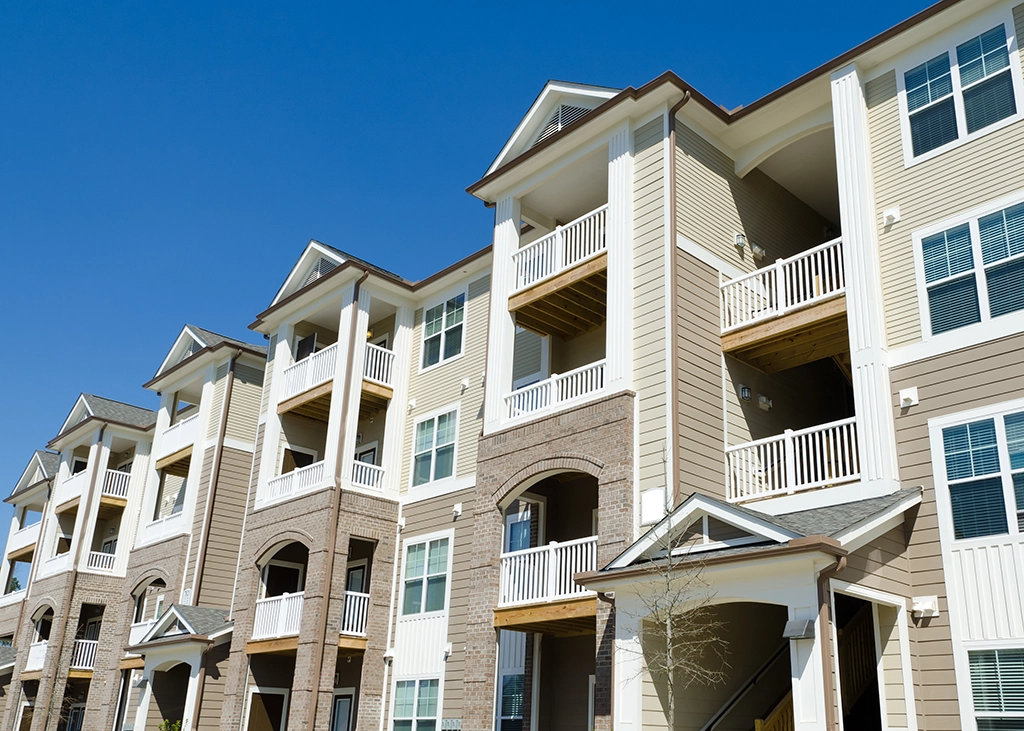LI Should Emulate NYC to Meet its Current Housing Challenges
 By Nicholas T. Terzulli, Senior Counsel | November 19, 2021
REAL ESTATE LAW PRACTICE
GOVERNMENT RELATIONS PRACTICE
COMMERCIAL BANKING & FINANCE LAW PRACTICE
Fueled by the pandemics alchemy of cheap money, remote work and residence fleeing New York City, home prices on Long Island have reached an all-time high. According to a OneKey MLS report, homes in September (2021) sold for median price of $665,000 in Nassau county and $525,000 in Suffolk county.
As home prices continue to climb, many first-time buyers, young professionals, downsizing baby boomers, first responders, single parents and low income earners literally have no place to go.
By Nicholas T. Terzulli, Senior Counsel | November 19, 2021
REAL ESTATE LAW PRACTICE
GOVERNMENT RELATIONS PRACTICE
COMMERCIAL BANKING & FINANCE LAW PRACTICE
Fueled by the pandemics alchemy of cheap money, remote work and residence fleeing New York City, home prices on Long Island have reached an all-time high. According to a OneKey MLS report, homes in September (2021) sold for median price of $665,000 in Nassau county and $525,000 in Suffolk county.
As home prices continue to climb, many first-time buyers, young professionals, downsizing baby boomers, first responders, single parents and low income earners literally have no place to go.
This has not always been the case.

Following World War II, William Levitt built approximately 17,000 homes on a former potato field in Central Nassau County. Those homes sold in 1950 for approximately $6,990 on average. Adjusting for inflation, $6,990 in 1950 is approximately $78,077 in 2021 – not even enough for the 20% equity contribution most lenders require to purchase a home on Long Island. Long Island’s apartment stock hasn’t fared much better. According to an analysis from Moody’s Analytics, which analyzed the third-quarter national rental market, the average rent for an apartment on Long Island was $2,363 per month. That was approximately 149% more expensive than a similarly sized apartment throughout the United States, which carried an average rent of $1585.
That is, if apartments can be built it all?
Vertical multifamily residential developments are often met with resistance. The result is a Long Island apartment market that has low supply, high demand, and significantly above average rental prices. This hesitance towards multiunit dwellings, along with scarcity of land suitable for developing single-family homes, has caused housing development on Long Island to stagnate. A 2016 Long Island Index Report states that Long Island needed to create 160,000 new housing units to remain competitive. Certainly, the issue has only compounded since. Long Island politicians, developers, labor leaders and housing advocates need to address this issue urgently. As developers take their resources and talents to friendlier locations, Long Island is left with the housing crisis.
It’s time for a moonshot.
Long Island is fortunate to have eight local Industrial Development Agencies (IDAs), which have a legal authority to incentivize multifamily housing development by providing tax exemptions and abatements. Some IDAs encourage housing developers to include an affordability component; other IDAs encourage the housing developer to use local labor and, when practical, union labor; and some do both.These incentives are wholly necessary.
Without them, developers would not attract the debt and equity partners needed to finance housing development. Yet, navigating this process is lengthy and expensive, and requires developers to field a team of attorneys, consultants, and economists to navigate the IDA approval process.Maybe there’s a better way.
Long Island might consider taking a page from New York City, which reacted to the financial hardship, stagnant development, and suburban flight of the late 1960s and early 1970s by creating a section of the New York Real Property Tax Law (RPTL) that provides structured tax abatement for new housing development. Section 421a of the RPTL has attracted capital investment and incentivized new multifamily housing development in the city by providing a formulaic approach to tax abatements on such properties. Despite modifications and amendments over the last 40 years, the concept of 421a remains the same. It provides a property tax abatement formula based on the location of the project, the amount and type of affordable units offered in the project, and, depending on the amount of units, a wage requirement for the building trades constructing the project. Unlike, IDAs 421a providers abatements for multifamily, housing, rental, and condominium projects. Providing certainty to developers, lenders and underwriters, 421A spurred hundreds of thousands of new housing units in New York City. Indeed, as of 2020/2021 tax year, according to the city department of finance, there are approximately 186,148 active residential housing units in New York City enjoying a 421a abatement.
I encourage Long Island politicians, developers, affordable housing experts, business leaders, and the economic development community to come together, and discuss charting a new path.
Providing certainty to developers, lenders and underwriters, 421A spurred hundreds of thousands of new housing units in New York City. Indeed, as of 2020/2021 tax year, according to the city department of finance, there are approximately 186,148 active residential housing units in New York City enjoying a 421a abatement.
I encourage Long Island politicians, developers, affordable housing experts, business leaders, and the economic development community to come together, and discuss charting a new path.

